The second of nine British P-8A Poseidon Maritime Patrol Aircraft is awaiting its first engine start and first flight.
The 2nd P-8 for @RoyalAirForce @RAFLossiemouth fresh out of the factory awaiting its first engine start and flight.
7642 64176 N469DS ZP802 737-8FV Royal Air Force pic.twitter.com/u2jAKgYb0r
— Woodys Aeroimages (@AeroimagesChris) August 23, 2019
The first UK example recently undertook its https://ukdefencejournal.org.uk/first-british-p-8-poseidon-maritime-patrol-aircraft-flies-for-the-first-time/. The flight took place near Renton in the United States and the aircraft will be delivered in October this year.
The Poseidon is based on the Boeing 737-800NG aircraft, the supply chain for which is already supported by UK industry, providing several hundred direct UK jobs. UK manufacturers also provide specialist sub-systems for the P-8A, for example Marshalls (auxiliary fuel tanks), Martin Baker (crew seats), GE (Weapon Pylons) and GKN Aerospace (windshields).
In January, Boeing was awarded an almost $2.5 billion contract to produce 19 P-8A Poseidon maritime patrol aircraft for the US Navy, Norway and the United Kingdom.
Ten of the aircraft were for the US Navy, four for the UK and five for Norway. The UK intends to procure 9 of the aircraft in total and had already ordered five.
The January purchase brought the total UK order of P-8A Poseidon Maritime Patrol Aircraft up to 9.



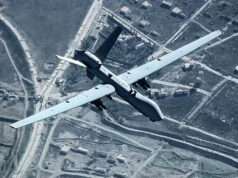



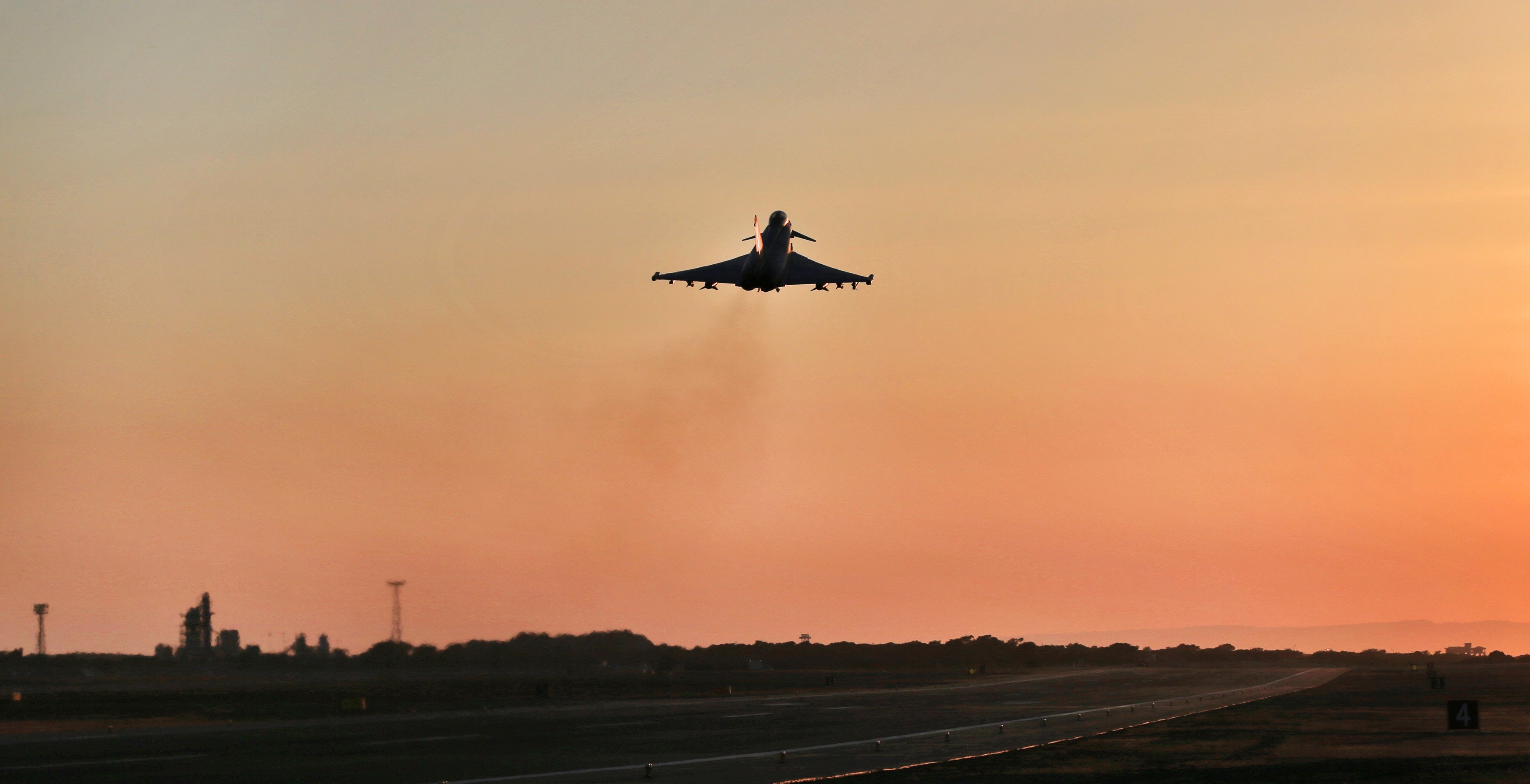


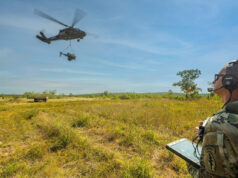
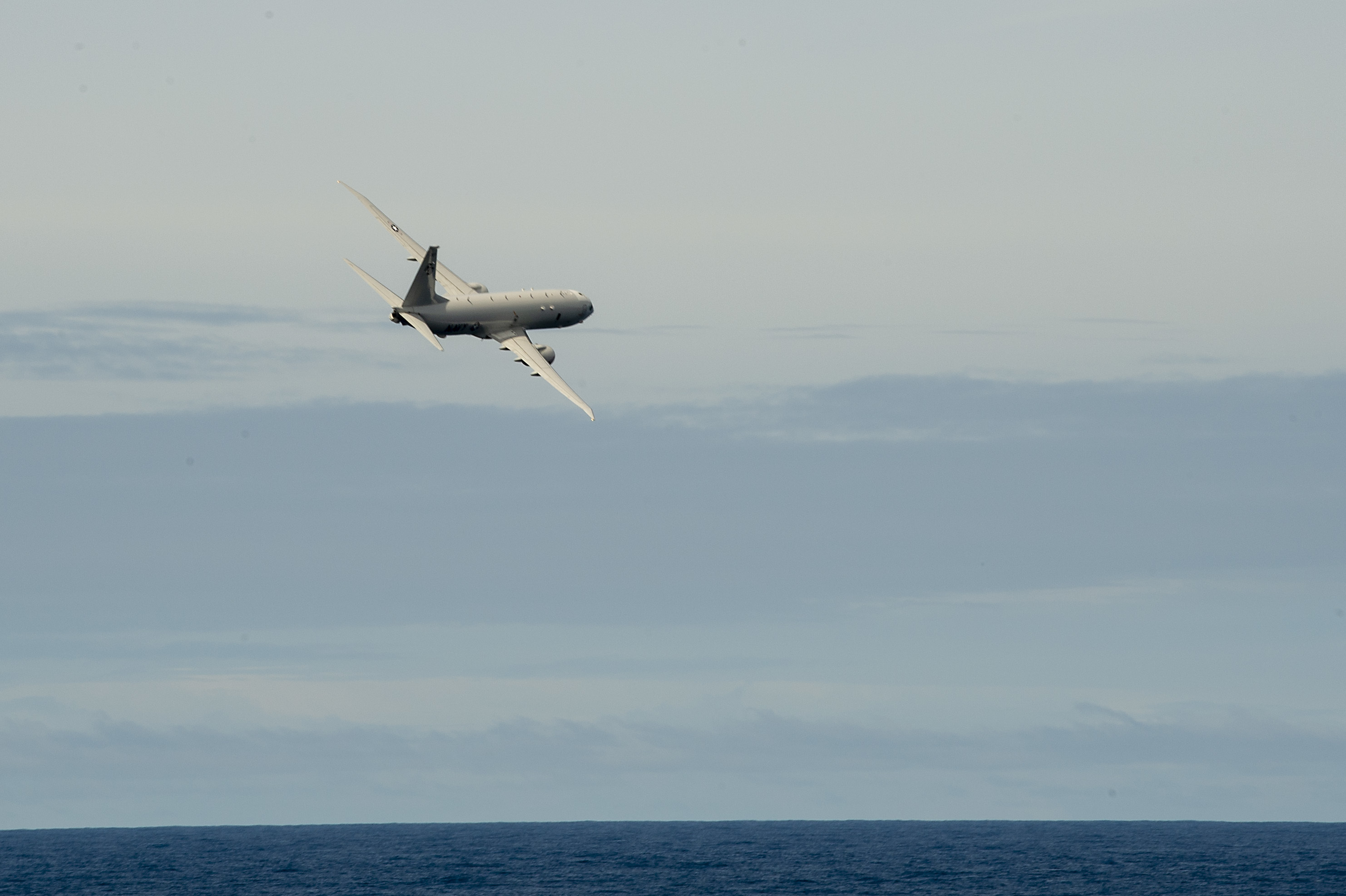
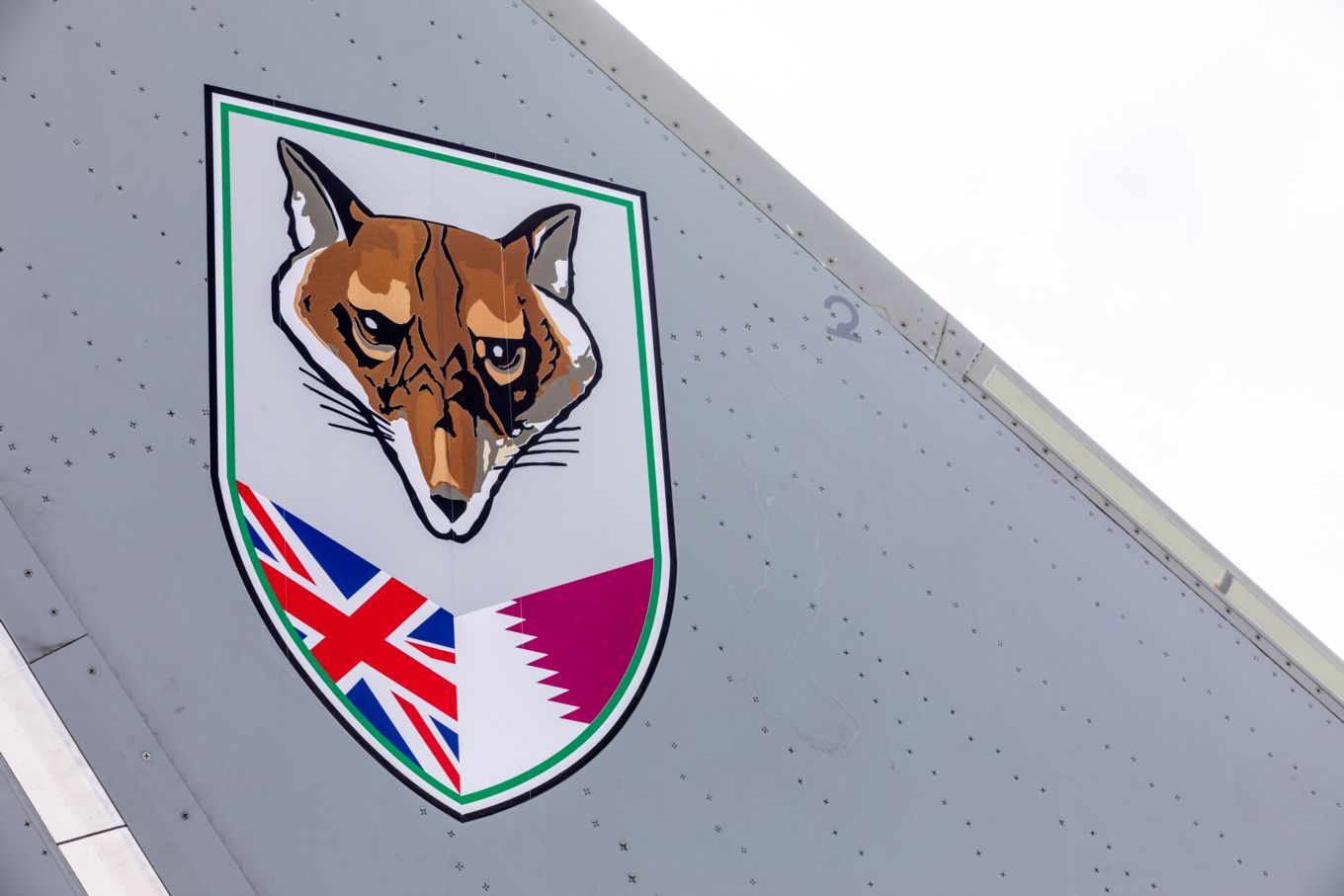

Excellent news, we need to increase the order to an initial 12 aircraft, I would like to see an 18 aircraft fleet taking on additional roles, such as persistent overland strike and Sentinel replacement via a pod mounted radar.
John Clarke,
More always sounds good, but of course there is the initial procurement cost, then the ongoing cost of operations and manpower. Maybe the UK should follow what the USN and RAAF are doing with a mix of P-8A and MQ-4C too?
Here in Oz the RAAF has 12 P-8As approved (possibly another 3 airframes), plus 6 MQ-4C approved (possibly an additional 1 airframe too).
One Triton can be airborne for 24hrs and operate at 50,000ft (some reports suggest up to 30hrs endurance and up to 60,000ft). Triton can be up there day after day doing the ‘donkey’ work, over and over allowing P-8A operations to be more focused.
https://www.youtube.com/watch?v=6_O3spdRcEE
Food for thought?
Cheers,
But the Sentinel replacement need is with us in the next few years with an impending oos date. Poseidon can do that too with extra kit so more airframes required. Agreed mq-4c can pick up some of the maritime work
I wonder if the US would be willing to sell the Littoral Surveillance Radar System (LSRS), known as the Advanced Airborne Sensor (AAS) which fits underneath the P-8A to the Brits? This radar is far more advanced than the Sentinel’s radar.
It’s the perfect solution to the Sentinel replacement.
Protector could also be employed in a maritime role, a maritime sub type is already in development and it would mean not having to procure and support yet another type.
Another 8 to 10 to cover the maritime role.
A P8 fleet of 18 ( with supporting Protectors) could cover all the necessary roles in a single
manned fleet.
We had perfectly good aircraft, it was ready back in 2010, then what we canceled it and brought American. Funny how we have all forgotten NIMROD MRA4.!
Is it really worth having Poseidon with Ground scan radar as those 4? Aircraft would use be dedicated to overland survalience and never go near the sea so what is the point them fitted with all the ASW kit, why not develop Sentinel Mk2 or even use Boeing’s JSTAR concept no need for any extra expensive ASW kit
I can guess what the nose artwork will be when they get to Seven of Nine.
Indeed.
I have been thinking about the use of UAV type aircraft for not just maritime surveillance, but also anti-submarine warfare (ASW). According to Boeing, the sonar-buoys that the P8 drops are now so good that the aircraft no longer needs a magnetic anomaly detector (MAD). Which is a bit of a surprise as the MAD gives you the first clue something is under the water, unless you want to continuously drop sonar buoys. Kind of strange that India has decided to have a MAD sensor fitted to their P8s!
Having seen the insides of a Reaper, which the Protector is based on, it is mostly a hollow shell i.e. engine in the back, fuel tank in front of that, comm’s gear in the nose and a electro-optic (E/O) turret under the nose. It does have the weapons hard-points under the wing that can carry 1400kg spread across the hard-points, with the inboard able to carry 680kg. The aircraft can carry 360kg internally i.e. addition EO turret, radar etc.
Harris have developed a sonar-buoy launching system that can be fitted internally in a “reaper” type UAV, which fills the void between the fuel tank and the comm’s gear. CAE have developed a low weight MAD system that can be carried by either helicopters or UAVs. So, if we put these items altogether, a maritime ASW derivative of Reaper is entirely possible. It can be fitted with a E/O turret, a MAD sensor and have an internal fit of some air-launched sonar-buoys. What’s more the two inboard pylons have the capacity to carry Stingray at 270kg.
Therefore, a P8 acting as a mothership, could have the capability of significantly increasing its search area. It would also give a better chance a prosecuting a target if a maritime Reaper fitted as above was used.
I was detached to Lossie in the early 70s with a sqd. Of Victor ata refuelers when Lossie was operating Nimrods happy days great to see mod air keeping Lossie live good luck all you guys